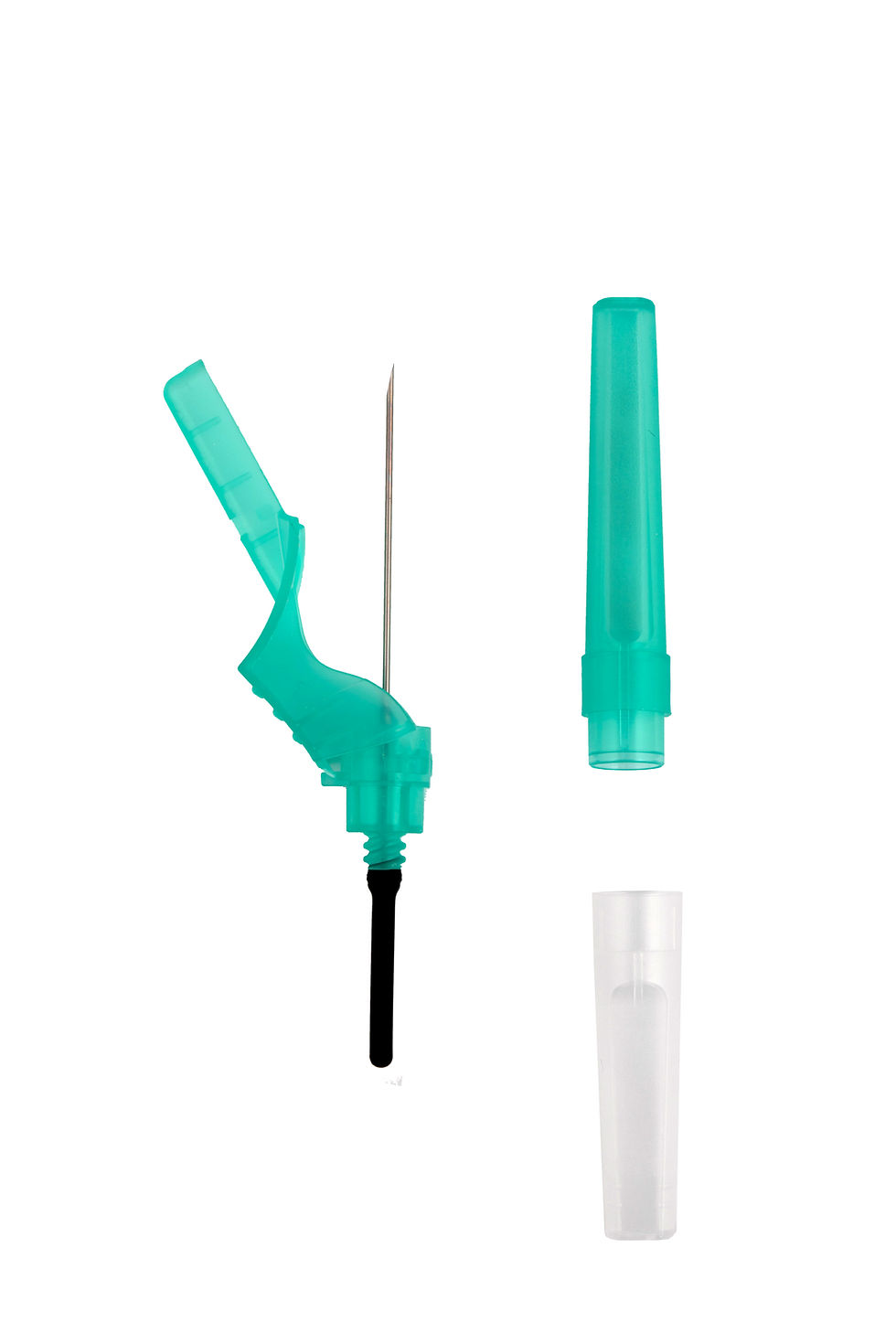Tender Awarded for CVC by Hospital in Portugal
- KL KBMED
- Jan 8, 2024
- 2 min read
Updated: Jun 26
KB Medical Group Inc. was newly awarded the public hospital tender in Portugal. Under the contract, we will provide double, triple, and quadruple CVC kits. "We see strong interest from industry for the tender "said Susan S., KB Medical CEO. "Famous brands BD, B Braun, and Teleflex etc. are involved. But we are grateful to more and more public procurement institutions for recognizing our long-standing partnership providing high-quality and affordable medical disposable products.”
What is a central venous catheter (CVC)?
A central venous catheter (CVC), also known as a central line (c-line), central venous line, or central venous access catheter, is a catheter placed into a large vein. It is a form of venous access. Placement of larger catheters in more centrally located veins is often needed in critically ill patients or those requiring prolonged intravenous therapies, for more reliable vascular access. These catheters are commonly placed in veins in the neck (internal jugular vein), chest (subclavian vein or axillary vein), groin (femoral vein), or through veins in the arms (also known as a PICC line, or peripherally inserted central catheters).
Central lines are used to administer medication or fluids that are unable to be taken by mouth or would harm a smaller peripheral vein, obtain blood tests (specifically the "central venous oxygen saturation"), administer fluid or blood products for large-volume resuscitation, and measure central venous pressure. The catheters used are commonly 15–30 cm in length, made of silicone or polyurethane, and have single or multiple lumens for infusion. (Source and image from Wikipedia)
Disclaimer: 📢
The information provided in this newsletter is for reference purposes only and should not be considered medical, clinical, or regulatory advice. While we strive to ensure accuracy, KB Medical Group does not assume responsibility for any misinterpretation, misuse, or adverse outcomes from using this information. Healthcare professionals should always refer to official guidelines, product instructions, and institutional protocols before making any clinical decisions.








